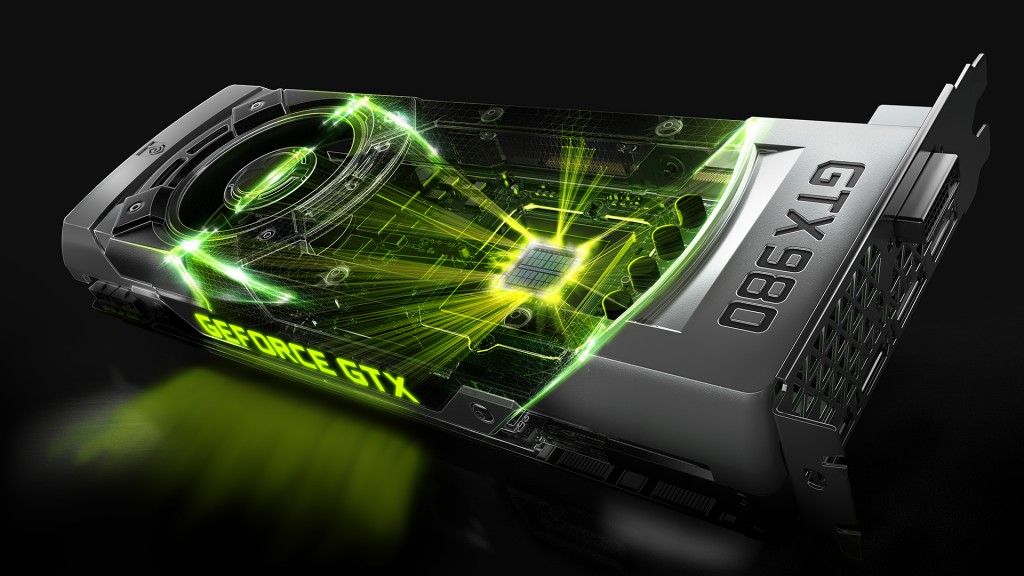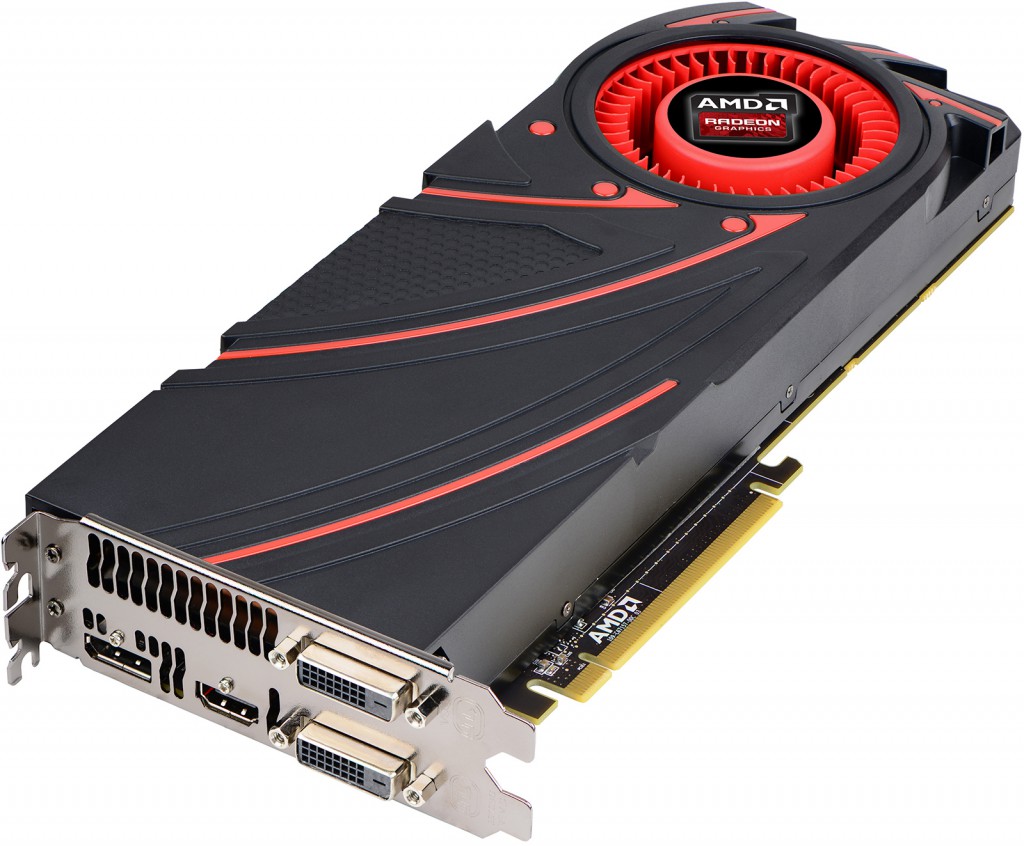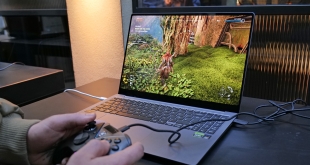Since Advanced Micro Devices is holding off new product launches to allow its partners sell through existing inventory of graphics cards, its market share, sales, spending on marketing and influence on makers of graphics adapters are gradually declining. As a result, some manufacturers are concerned that Nvidia Corp. could eventually get a dominant position on the market.
Starting from the early fourth quarter of 2014 AMD has been trying to reposition its product stack and reduce downstream desktop and add-in-board [AIB] channel inventory. The company will continue doing this in the first quarter and therefore will not launch any new products. While this will make AMD’s channel business healthier, it will cause a significant loss of revenue and market share. Besides, it will further strengthen positions of Nvidia.
Back in October, 2014, AMD announced that it would reduce spending on sales, marketing, administrative and other structures built around its computing and graphics products business unit. The company reduced the headcount of its CG group’s personnel by 700 employees. To make the matters worse, AMD’s declining revenues mean that the company has to cut its spending on sales and marketing. Consequently, there is nothing new to sell because AMD does not introduce new products, besides, the company’s abilities to sell are getting lower too.
In the recent months popularity of Nvidia GeForce products among end-users got a lot higher thanks to graphics cards like the GeForce GTX 970 and 980 as well as due to some other reasons. As a result, a number of graphics cards makers changed their shipments proportions in favour of Nvidia GeForce solutions.
According to Jon Peddie Research, total available market of desktop discrete graphics cards in Q3 2014 was 12.4 million units. Nvidia’s market share increased 9.5 per cent to 71.5 per cent, whereas AMD’s share declined to 28.4 per cent, JPR reports. It is likely that in the Q4 2014 Nvidia’s share increased further.
DigiTimes reports that manufacturers of graphics boards are worried that the market could gradually lean toward Nvidia. If Nvidia controls a dominating market share of the market, it will force them to buy more from Nvidia, and they will lose ability to negotiate GPU prices. As a consequence, prices of graphics cards could go up, which will further reduce demand for discrete graphics adapters.
AMD is expected to introduce its new flagship graphics adapter currently known as the Radeon R9 380X, which will feature 4096 stream processors and 4GB of stacked high-bandwidth memory (HBM) with unprecedented bandwidth in the Q2 2015. In addition, the company reportedly plans to reveal a new mainstream solution code-named “Trinidad”, which will replace the AMD Radeon R9 270-series “Curacao” graphics processor. The “Trinidad” GPU will likely sport 1280 or more stream processors to deliver new levels of performance to graphics cards that cost around $100.
The introduction of new GPUs will help AMD to fight back some of the lost share. However, it will take a long time before AMD regains everything, which it has lost so far…
Discuss on our Facebook page, HERE.
KitGuru Says: While new and competitive products generally help to improve market share, there are numerous headwinds for AMD’s computing and graphics business unit that do not look good.
 KitGuru KitGuru.net – Tech News | Hardware News | Hardware Reviews | IOS | Mobile | Gaming | Graphics Cards
KitGuru KitGuru.net – Tech News | Hardware News | Hardware Reviews | IOS | Mobile | Gaming | Graphics Cards




